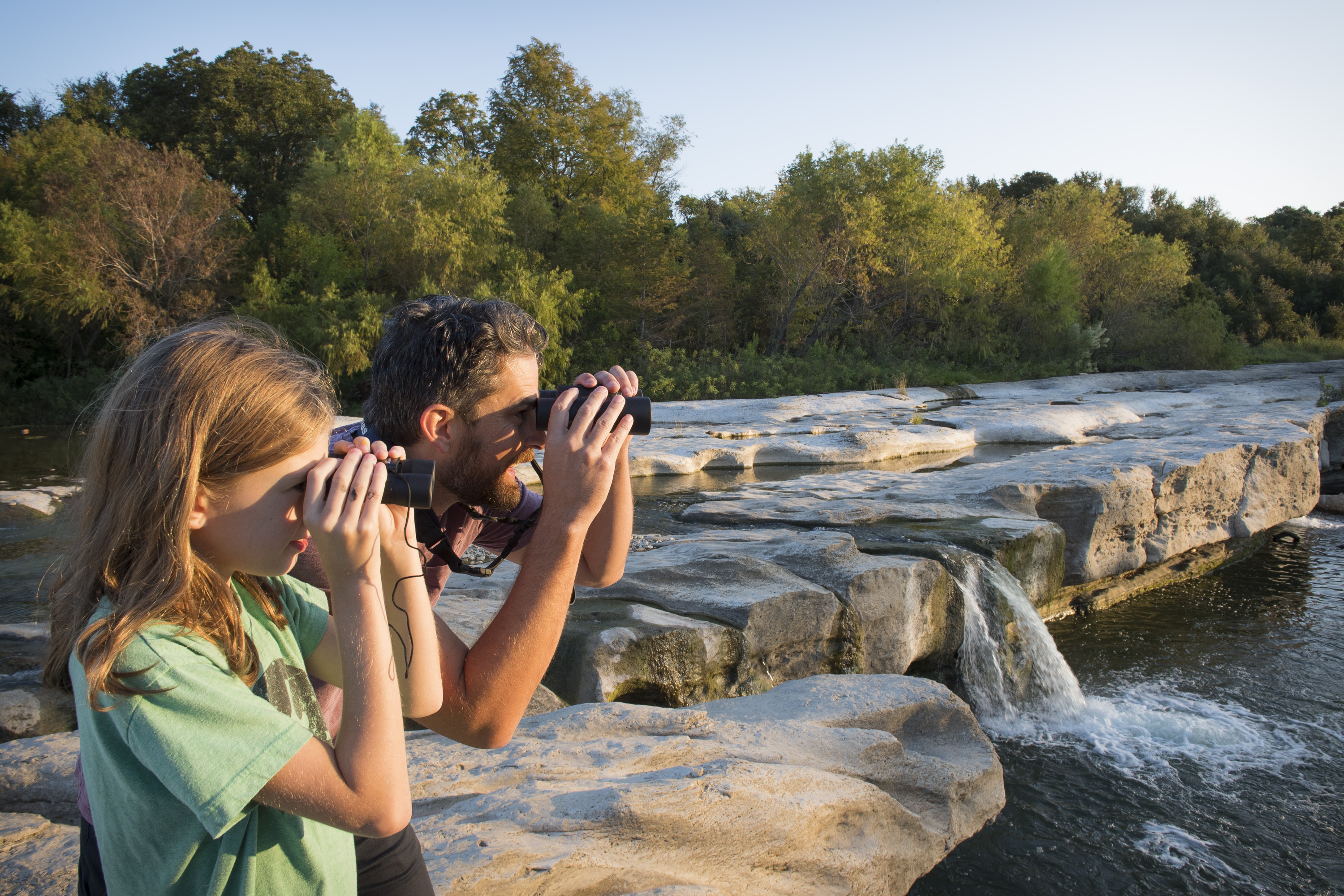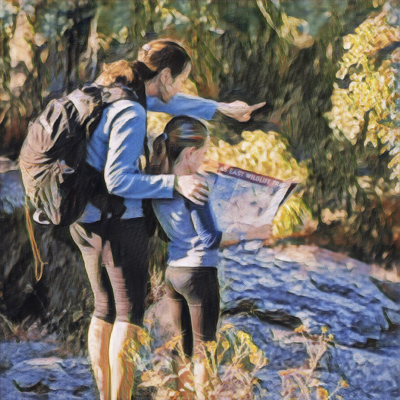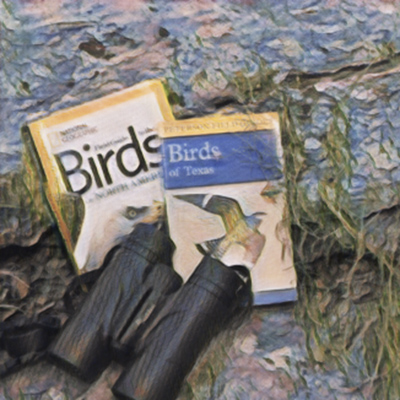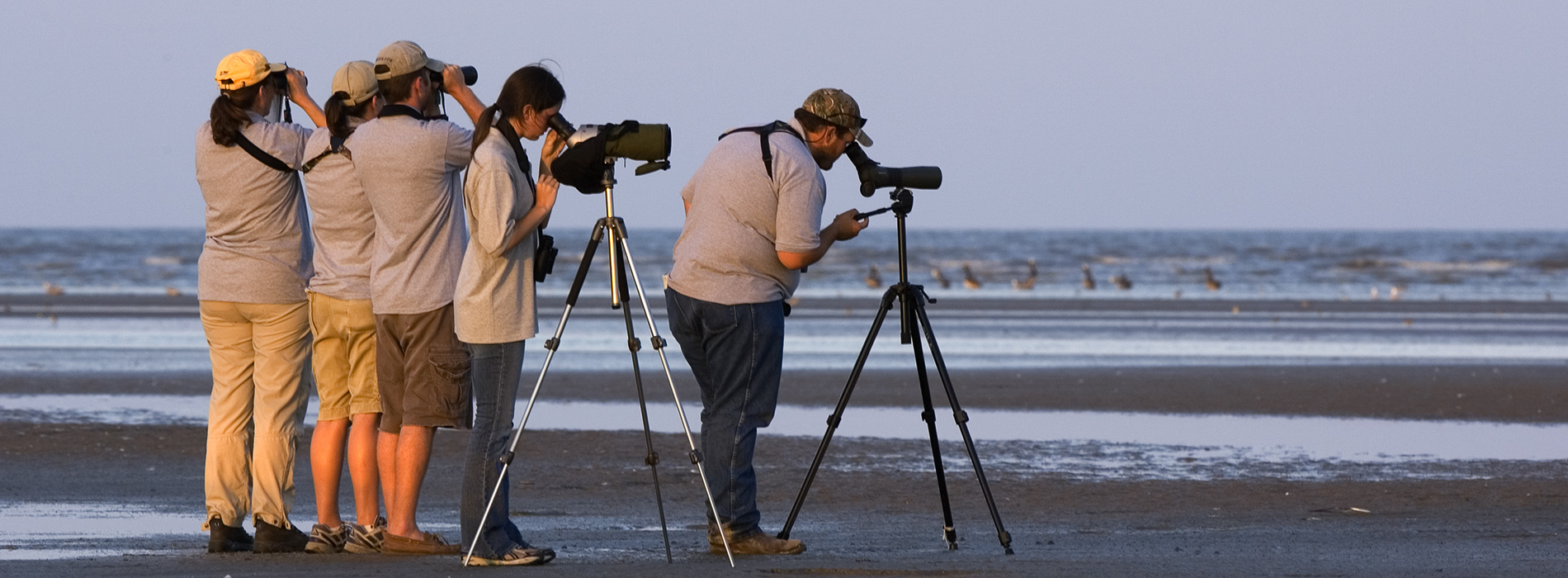Welcome to the Wildlife Viewing Toolkit Website!
Our Mission:
Is to provide managers, environmental interpreters and educators, and researchers with research, planning resources, product templates, and case studies so they can better serve wildlife viewers in pursuing their passion, connecting with agencies, and ultimately being inspired to conserve our wildlife resources.


What is Wildlife Viewing?
Wildlife viewing (intentionally feeding, observing, or photographing wildlife, traveling to natural areas to view wildlife, or maintaining plantings for wildlife) is one of the fastest growing recreation activities in the United States. Over 57% of the American public engages in wildlife viewing, spending $250 billion per year on wildlife viewing. Yet, little is known about the experiences and interests of these wildlife viewers, especially related to state agencies.

Why Wildlife Viewing?
Wildlife viewing is one of the fastest-growing recreation activities in the United States. Wildlife viewers are more likely to participate in conservation behaviors (like donating to conservation agencies or maintaining habitat for wildlife) than their non wildlife-viewing counterparts. They represent a tremendous opportunity for state fish and wildlife agencies to connect with and increase their relevancy to new audiences. This website is dedicated to providing state agencies with more research about wildlife viewing and resources they can reference for their own use

Discover wildlife viewing research and evidence-based planning materials.

Download Wildlife Viewing Program Resources: Browse this library of templates and resources that can help you develop your own wildlife viewing plans.

Review Wildlife Viewing Case Studies: Check out a story map with real-life examples of projects from the U.S. and Canada.
